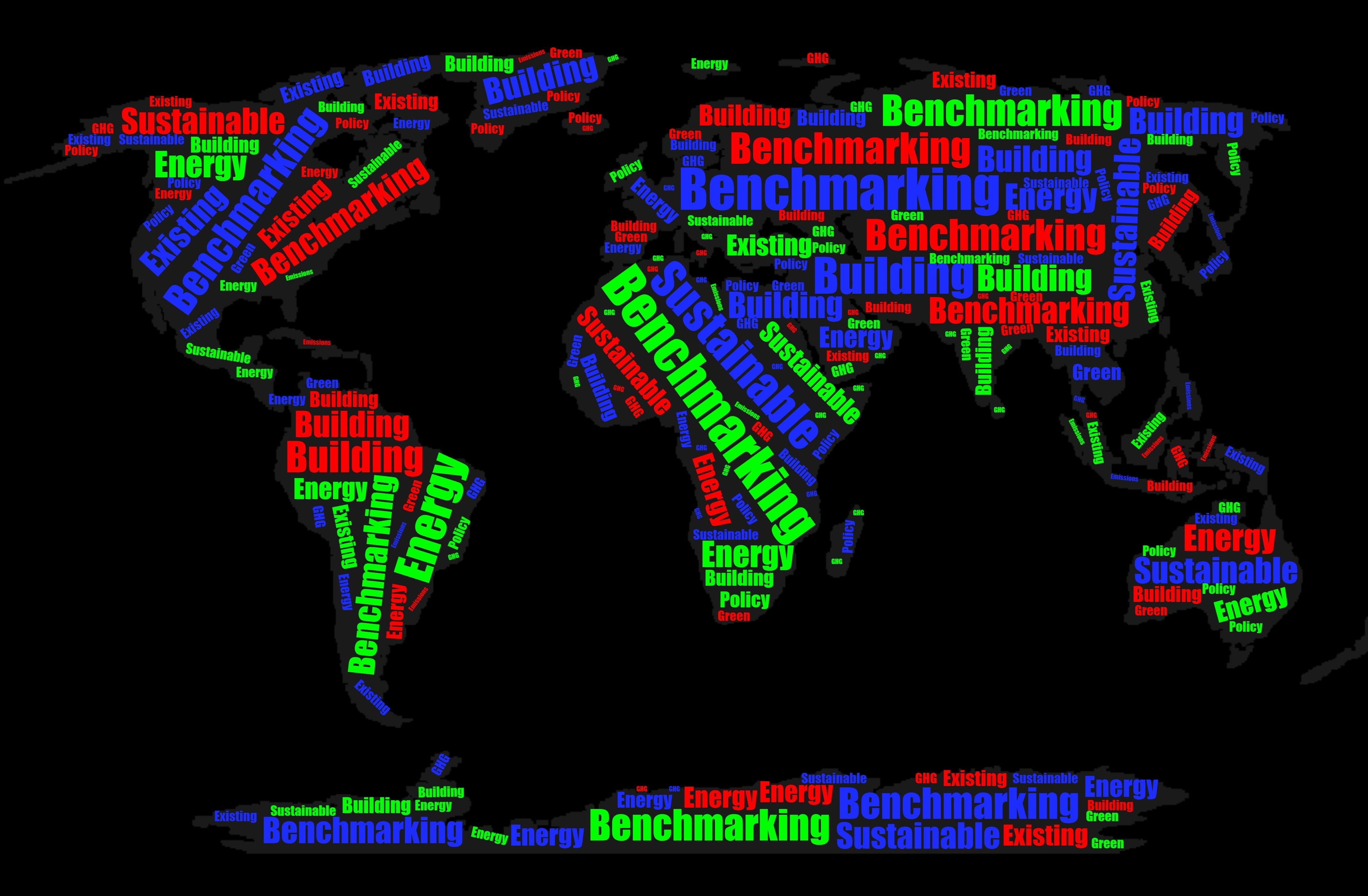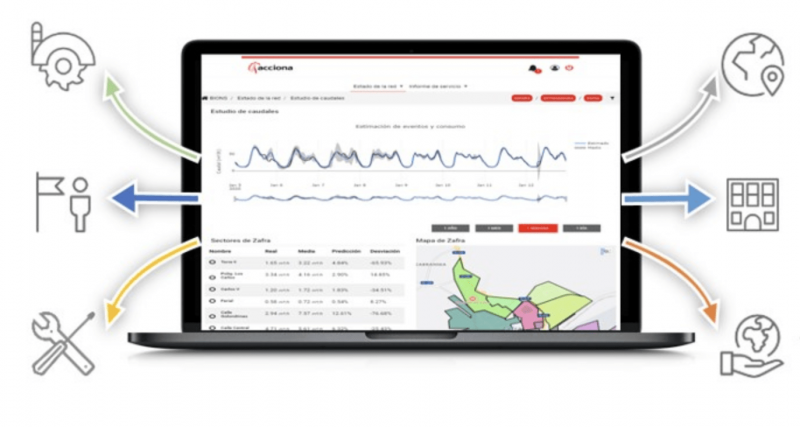Building Energy Use Benchmarking: A Sustainable policy Solution
Energy, Opinion Piece

February 15, 2020, 11:35 am
Sustainable building is key to improving building energy use patterns, cutting greenhouse gas (GHG) emissions, and mitigating climate change. According to the U.S. Energy Information Administration (EIA) buildings account for approximately 20% of the global energy consumption and responsible for 11% of the total GHG emissions worldwide. These rates are significantly higher in economically developed countries with large urban centres. In addition, the building sector contribution to energy consumption is projected to increase by an annual rate of 1.3-2.0% between 2018 and 2050. While most newly constructed buildings comply with energy efficiency codes that have been adopted worldwide over the past few decades, existing buildings built prior to the sustainable building era (buildings more than 20 years old) still require energy efficiency retrofitting and more efficient operation and maintenance practises to meet sustainable building standards. However, regulating the energy performance of privately-owned existing buildings is quite challenging. Thus, many national and local governments around the world have adopted energy benchmarking and disclosure policies in an effort to increase building energy performance awareness among the building industry key stakeholders, develop a standardized method to measure the energy performance of existing buildings, manage the energy consumption of existing buildings, and encourage energy-efficient retrofits and upgrades.
What’s Energy Benchmarking?
Similar to the fuel economy concept in automobile industry that uses “miles per gallon” metrics to measure and compare energy efficiency between vehicles, energy benchmarking of existing buildings is the process of measuring and comparing the energy use patterns of similar buildings using standardized energy performance metrics (such as the energy use intensity (EUI) that measured in kBtu per square foot). Energy benchmarking and disclosure policies were originally introduced by Denmark in the late 1990s followed by several European countries in addition to Brazil and China. Building energy benchmarking policies and legislations in the United States were initially implemented by the state of California in the mid-2000s followed by many large cities, counties, and local municipalities. Currently, considerable number of countries around the world are implementing mandatory or voluntary energy efficiency certification programs for existing buildings, especially during time of transition or change of ownership (time of selling, renting, or financing the property).
Energy Benchmarking Rationale
Most currently adopted energy benchmarking policies (both mandatory and voluntary programmes) require the annual measurement and disclosure of energy use data (and sometimes water usage) of existing buildings, including both public and privately-owned buildings of certain size. Although the energy benchmarking process itself does not improve energy efficiency, it addresses the challenge to achieve this goal, which is the lack of standardized energy performance measurement data (also referred to as energy information gap in real estate market). Such data can help building owners, managers, and investors to recognize energy-saving opportunities and encourage investments in energy-efficiency retrofits and upgrade projects. Hence, the rationale behind energy benchmarking is to provide prospective building buyers, renters, and investors with the information they need to take into consideration regarding the building’s energy characteristic, energy use patterns, and anticipated energy cost for operation and maintenance in order to make informed decisions (weighing the risks and rewards of their investment decisions).
Impact of Energy Benchmarking Policies
According to the Institute of Market Transformation (IMT) the energy consumption of existing buildings dropped by 3-8% over a period of 2-4 years due to implementing energy benchmarking policies in the U.S. Recent research studies indicate an average of 2.4% energy use savings per year with 7-9% overall reduction in energy consumption over three-years period. On the other hand, the amount of GHG emitted from existing buildings significantly decreased by up to 14% over five years after adopting energy benchmarking and disclosure policies. IMT also reported an average of 3% cut in operation and maintenance cost due to energy benchmarking practices and attributed 10% increase in occupancy rates and 25% rise in market value of energy efficient buildings compared to less efficient properties to energy benchmarking.
In addition, the policies have a wide range of benefits as they can boost transparency, drive competition, and increase the demand for energy efficient buildings in the real estate market. Benchmarking of energy use compared to other buildings might also reinforce the “peer effects” among building owners, operators, and users, thus motivate them to reduce energy consumption. The need for professional to accurately measure and report energy performance data can lead to creating new job opportunities in the fields related energy efficient building. However, policymakers should employ the appropriate strategies to implement such policies; promoting high impact measures such as certification of energy efficient buildings or offering incentives in the form of tax credits can result in successful sustainable policies. Overall, energy benchmarking policies provide efficient means for sustainable energy management. Improving the energy performance of existing building stock helps to meet energy-saving goals, cut GHG emissions, and ultimately reduce the negative impact of buildings on the environment.
More information is available at:
U.S. Energy Information Administration (EIA) Website: www.eia.gov
Institute of Market Transformation (IMT) Website: www.imt.org










